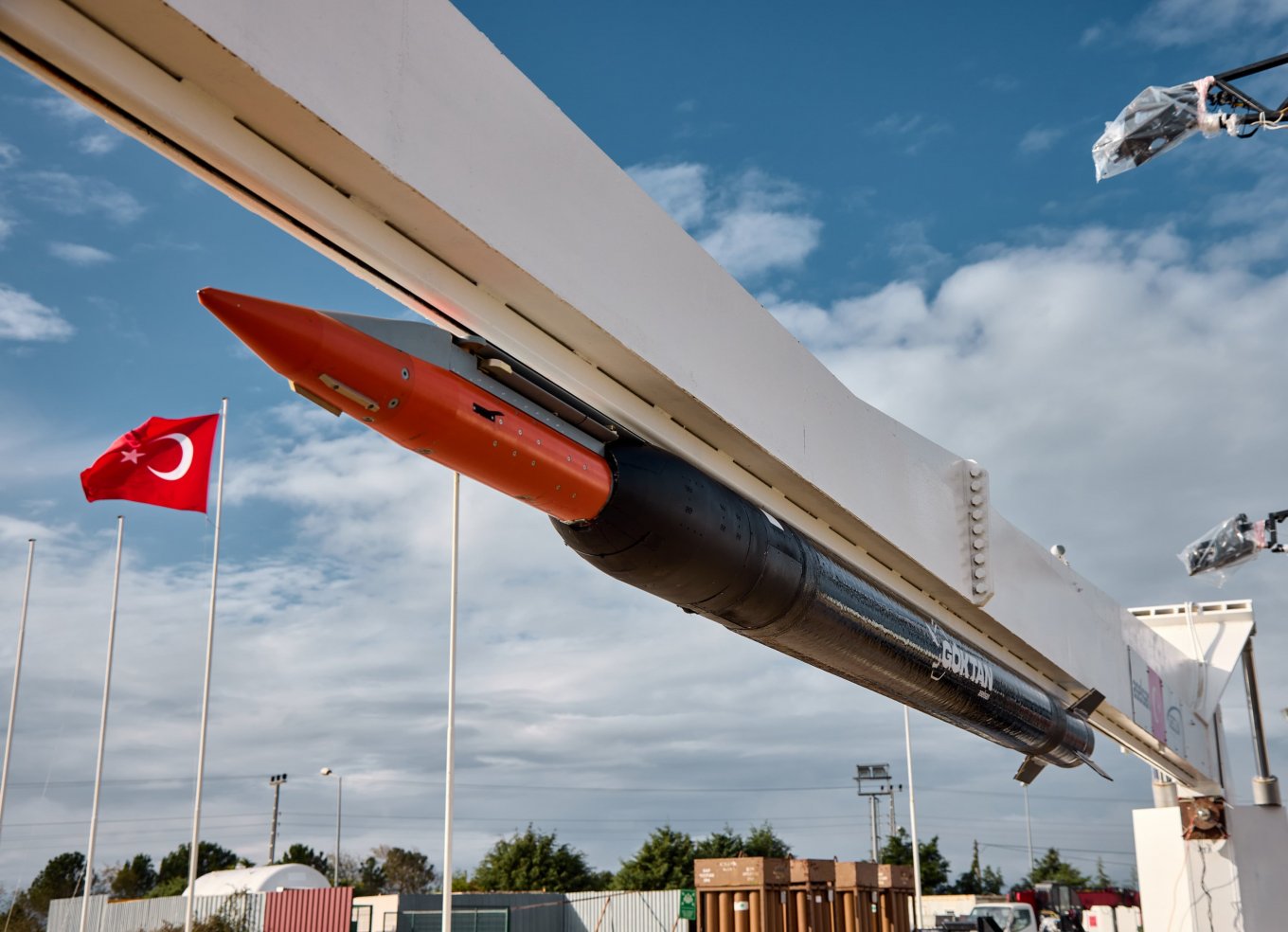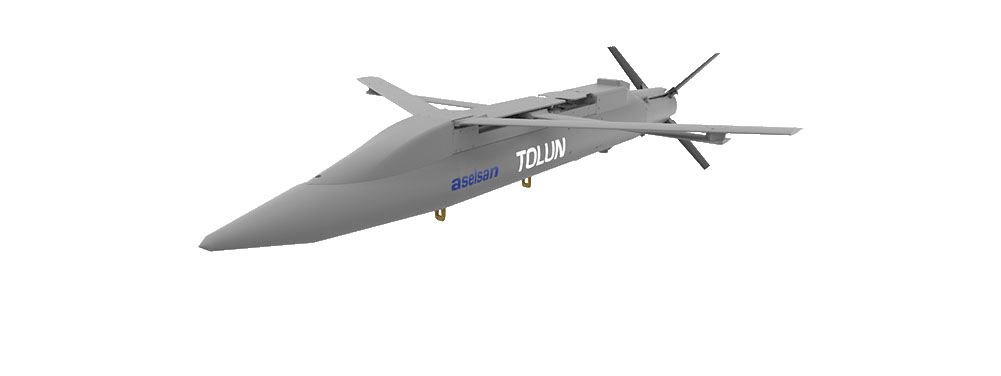The Turkish defense company Aselsan has showcased the initial live-fire tests of its new development called Göktan, which clearly reflects the concepts of Saab and Boeing's GLSDB (Ground-Launched Small Diameter Bomb).
Turkish developers have taken the existing long-range glide bomb Tolun, which weighs 139 kg (compared to 129 kg for the SDB), and combined it with a solid-fuel rocket, resulting in a long-range ground system.
While the GLSDB uses a solid-fuel engine from the unguided rocket M26 (for M270 and HIMARS), Aselsan is collaborating with the Turkish startup DeltaV, which specializes in developing and producing potentially low-cost rockets for launching small satellites.

The specific type of booster used has not been disclosed, nor have the flight parameters of Göktan. Additionally, there is no such rocket listed on DeltaV's website. Therefore, it is likely that a specially designed rocket for these tasks has been created, or that older models are being utilized, which the company began experimenting with over 10 years ago.
However, it is unlikely that Aselsan would settle for a range of less than 150-160 km, which was demonstrated by the GLSDB. Moreover, the operational principle of the system is identical, involving the release of the bomb at a significant altitude and distance, where it then deploys its wings and glides toward the target. For the Tolun, the declared drop range from an aircraft is about 100 km, while for the SDB, it is 110 km, but this heavily depends on the launch vehicle's flight parameters before release—its altitude and speed.

It is worth noting that the GLSDB has yet to attract any customers, and its actual combat use in Ukraine has shown low effectiveness. This is believed to be due to its limited resistance to electronic warfare, under which the SDB can fly over 100 km, leading to deviations from the targeting point, which is critical even for the FAB-100 analogue. How Aselsan is currently addressing this issue remains unknown.